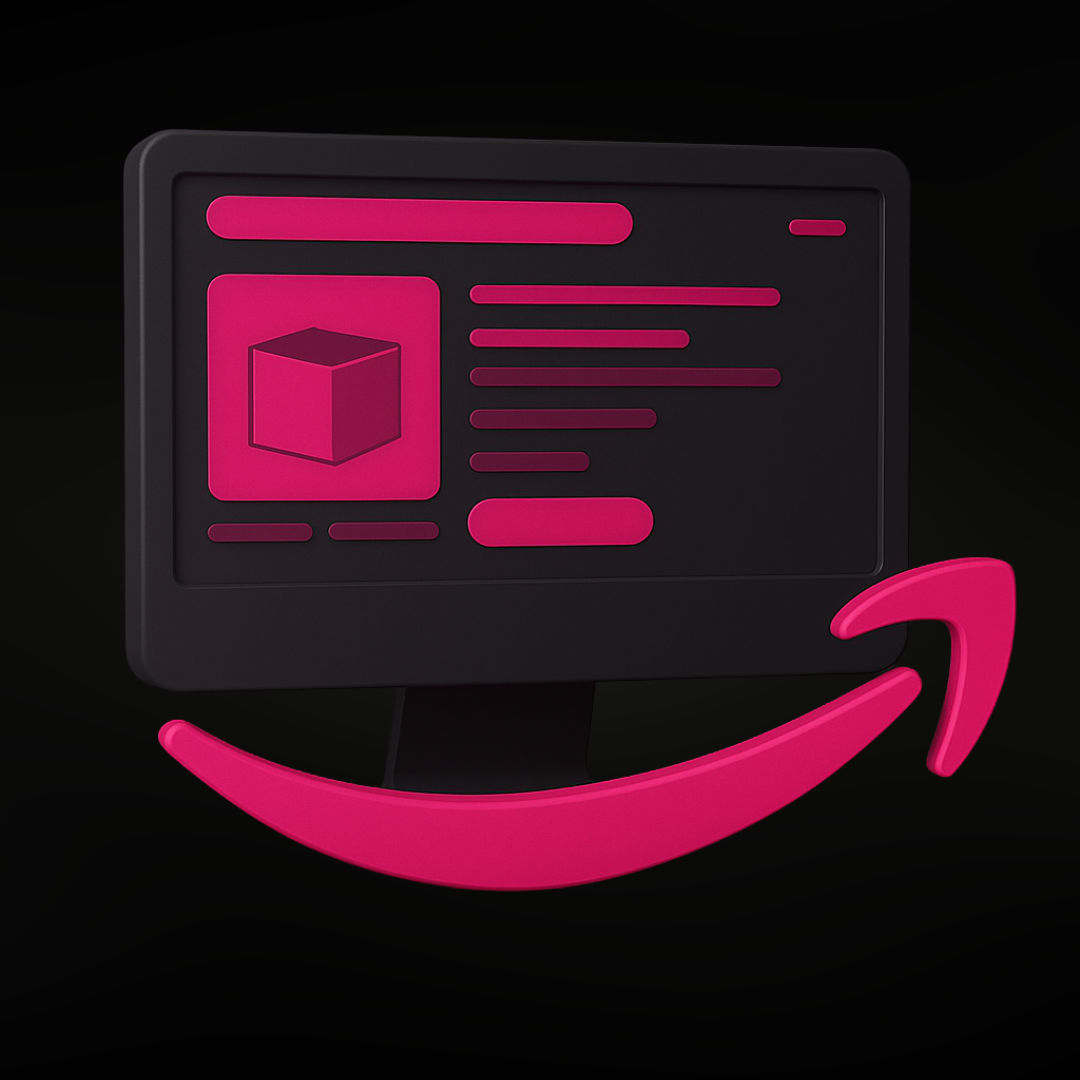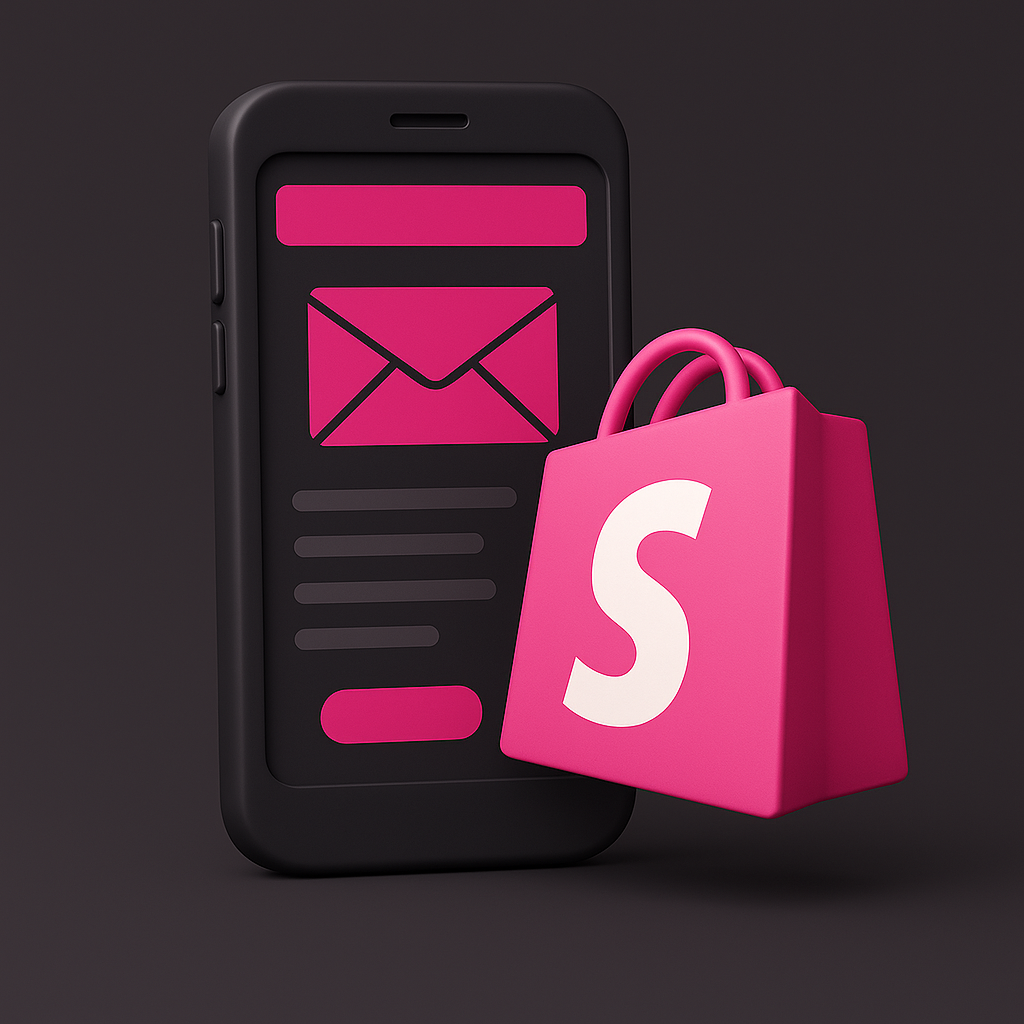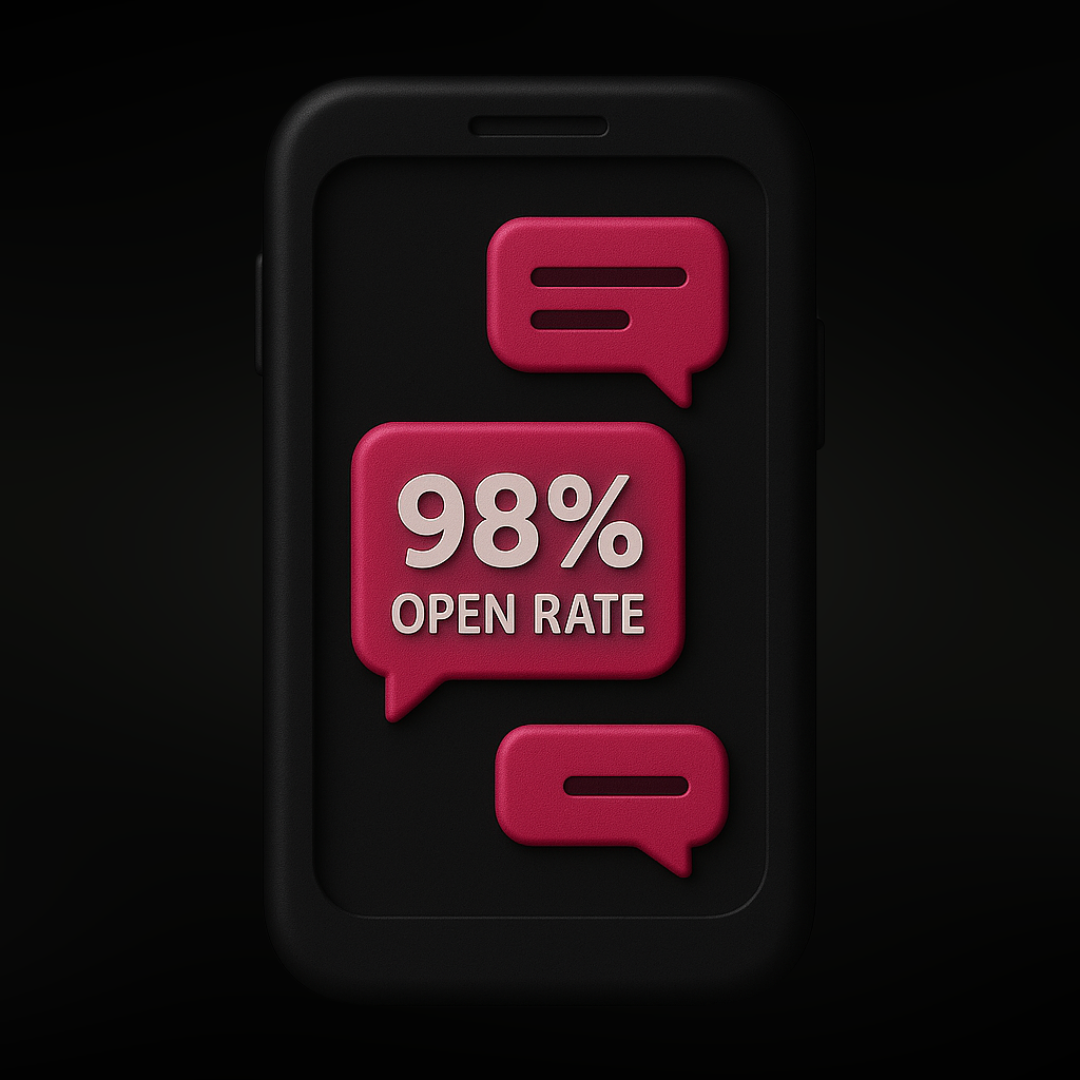Selling on Amazon in 2025 isn't just an opportunity—it's a strategic battleground. With over 9.7 million active sellers and a marketplace that dominates 39.5% of global e-commerce sales , standing out requires more than just listing a product. This guide breaks down the essential steps to not only enter the Amazon marketplace but to thrive within it.
Why Amazon in 2025?
Amazon's reach is unparalleled, boasting over 200 million Prime members worldwide . Its infrastructure offers sellers access to a vast customer base, streamlined logistics, and tools designed to optimize sales. However, with increased competition and evolving consumer behaviors, success demands a well-informed approach.
Step 1: Set Up Your Amazon Seller Account
Choose Your Selling Plan:
-
Individual Plan: Ideal for those selling fewer than 40 items per month.
-
Professional Plan: At $39.99/month, this plan suits sellers aiming for higher volumes and access to advanced tools.
Registration Requirements:
-
Valid phone number
-
Internationally chargeable credit card
-
Tax identification information
-
Bank account details
Ensure you understand Amazon's fee structures, including referral fees and fulfillment fees, to accurately project profitability.
Step 2: Conduct In-Depth Product Research
Identify Profitable Products:
-
Utilize tools like Jungle Scout and Helium 10 to analyze market trends, competition, and demand.
-
Aim for products with a profit margin of at least 30% and a Best Sellers Rank (BSR) under 50,000.
Considerations:
-
Avoid oversized or fragile items to minimize shipping complications.
-
Use Google Trends to assess seasonal demand and avoid products with fluctuating interest.
Step 3: Choose Your Fulfillment Method
Fulfillment by Amazon (FBA):
-
Amazon handles storage, packing, and shipping.
-
Provides access to Prime customers and simplifies logistics.
Fulfillment by Merchant (FBM):
-
You manage storage and shipping.
-
Offers more control but requires more effort.
For beginners, FBA is generally recommended due to its scalability and convenience.
Step 4: Optimize Your Product Listings
Key Elements:
-
Title: Incorporate primary keywords naturally.
-
Bullet Points: Highlight key features and benefits.
-
Description: Provide detailed information and use storytelling to connect with customers.
-
Images: Use high-quality photos from multiple angles.
Optimized listings improve visibility and conversion rates .
Step 5: Implement a Competitive Pricing Strategy
Strategies:
-
Use Amazon’s “Automate Pricing” tool to adjust prices dynamically.
-
Monitor competitor pricing to stay competitive without eroding profit margins.
-
Be mindful of Amazon's pricing policies, especially amid tariff changes that may affect your costs .
Step 6: Drive Traffic with Advertising
Amazon Advertising Platforms:
-
Sponsored Products: Promote individual listings in search results.
-
Sponsored Brands: Showcase your brand and product portfolio.
-
Sponsored Display: Retarget customers on and off Amazon.
Investing in advertising increases product visibility and accelerates sales .
Step 7: Manage Inventory and Fulfillment
Best Practices:
-
Use Amazon's tools to monitor inventory levels and forecast demand.
-
Ensure timely restocking to maintain sales momentum.
-
Balance inventory to avoid shortages or excesses, and consider using Amazon’s tools for inventory management .
Step 8: Encourage Customer Reviews
Strategies:
-
Encourage satisfied customers to leave reviews through follow-up emails and exceptional service.
-
Avoid incentivizing reviews, as this violates Amazon's policies.
Positive reviews build trust and influence purchasing decisions.
Step 9: Stay Informed and Adapt
Stay Updated:
-
Subscribe to Amazon newsletters and join seller forums to stay informed about policy changes and new tools.
-
Continuously refine your strategies based on market trends and consumer behavior .
Key Tips For Selling Products On Amazon
-
Start with the Right Plan: Choose a selling plan that aligns with your goals.
-
Product Selection is Crucial: Use research tools to find profitable products.
-
Optimize Listings: High-quality listings attract and convert customers.
-
Competitive Pricing: Dynamic pricing helps win the Buy Box.
-
Invest in Advertising: Boost visibility and sales through targeted ads.
-
Manage Inventory: Keep stock levels optimal to meet demand.
-
Gather Reviews: Encourage feedback to build credibility.
-
Stay Agile: Adapt to Amazon's changing landscape for sustained success.
By following these steps, you position yourself to not just sell on Amazon in 2025 but to dominate the marketplace.





Share:
Top 7 Email Flows Every Shopify Store Needs to Scale (Setup Guide)